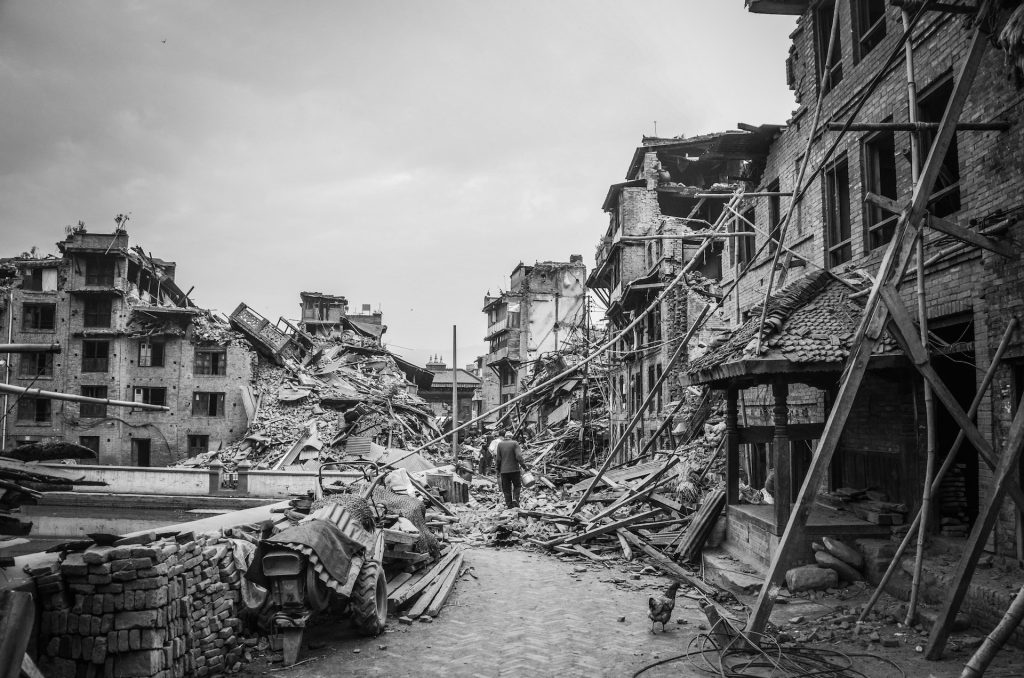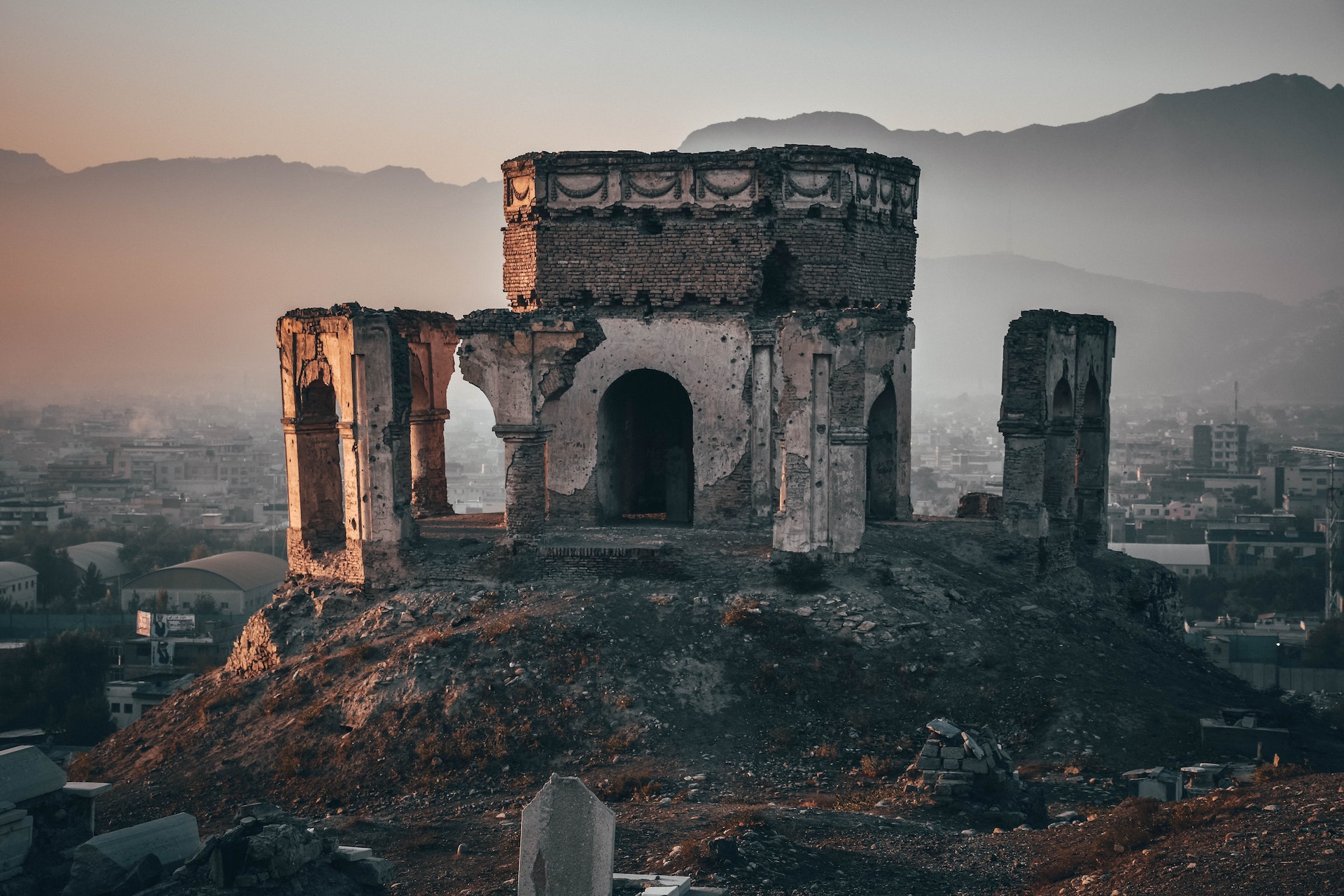
Afghanistan Quake Aftermath: Rescue Efforts Intensify Amid Rising Death Toll
HERAT, Afghanistan — A devastating earthquake that recently jolted the northwestern city of Herat has left Afghanistan grappling with one of its worst natural calamities in recent history.
Rescue Operations Underway
Two days post the cataclysmic event, rescue teams are ardently working to locate survivors beneath the rubble. Nissar Ahmad Elyias, the spokesperson for Herat’s governor, confirmed the ongoing efforts, stating, “The operation is still going on, with some people still being pulled out of the rubble.” He further added that the impact extended beyond Herat city, affecting over a dozen neighboring villages.
Staggering Death Toll
The Taliban administration’s reports paint a grim picture, estimating over 2,400 fatalities from the quakes. This seismic activity in Afghanistan stands among the deadliest globally this year, surpassed only by earlier tremors in Turkey and Syria which claimed around 50,000 lives.
International Aid and Support
Amidst the unfolding tragedy, neighboring countries have stepped up in solidarity. Pakistan and Iran extended offers to dispatch rescue personnel and humanitarian relief, while the Red Cross Society in China committed to providing financial assistance.
Historical Structures Damaged
While many buildings in the city withstood the earthquake’s wrath, Herat’s historical legacy wasn’t as fortunate. Social media images depict damages to the medieval minarets of the city’s renowned mosques.
Local resident, Mir Ahmed, voiced the personal loss many families in the area are grappling with. Speaking from a local hospital treating survivors, he lamented, “Many of our family members have been martyred. One of my sons is among them, and another is grievously injured.”

Afghanistan’s Seismic Past
With its position hemmed between mountains, Afghanistan is no stranger to powerful earthquakes, particularly in the rugged Hindu Kush region along the Pakistan border. However, the country’s prolonged war history complicates rescue efforts, as damaged infrastructure and challenging terrains hinder relief operations.
Contrasting Death Toll Reports
While the numbers from the Taliban administration are dire, the U.N. Humanitarian Office’s figures, released late Sunday, state 1,023 deaths, with an additional 1,663 injured, and over 500 still missing. The disparity in numbers underscores the challenges in gathering accurate data from the affected remote regions.
Challenges in Aid and Healthcare
The earthquake aftermath casts a spotlight on Afghanistan’s healthcare system, primarily sustained by foreign aid. With the recent takeover by the Taliban, international assistance, which was the economy’s mainstay, has dwindled significantly. The new administration’s policies, especially those affecting women’s roles in the workforce, have further deterred international donors.

Relief from Neighbors
Pakistan’s proactive response includes having their disaster management authority teams on standby and prepping relief materials such as food, medicines, and shelter essentials for dispatch. Iran, proximal to the worst-hit areas, has also promised to provide humanitarian aid.
Conclusion
As Afghanistan confronts this grave disaster, the nation’s resilience, combined with international solidarity, will dictate the pace of its recovery. The coming days are crucial, not only in terms of immediate relief but also in rebuilding and restoring the rich heritage and spirits of the Afghan people.
©eco-guardians.org